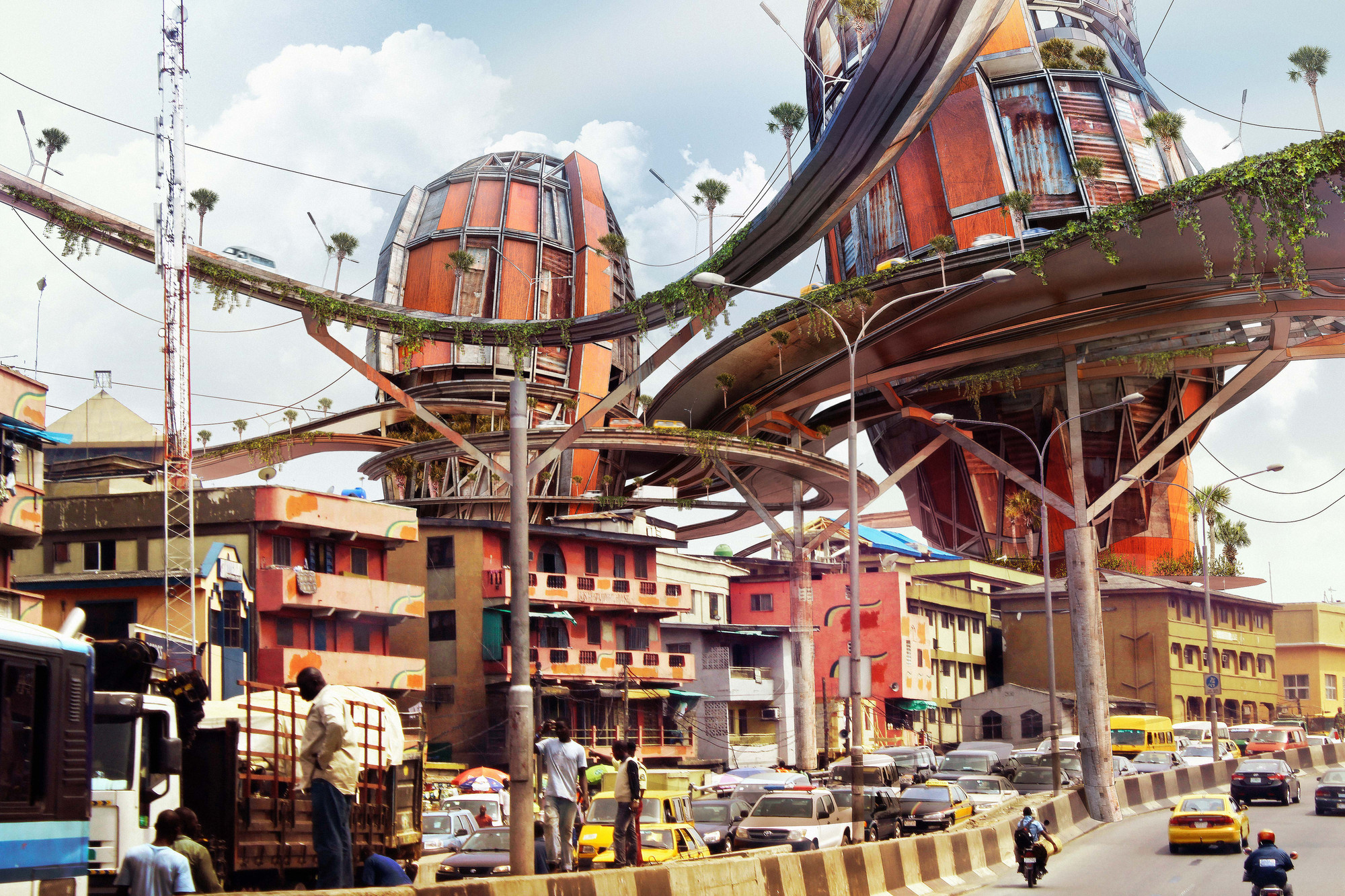City 4

“People had been moving from the country to the city since about 3000 B.C., when the first urban formations took shape around the Persian Gulf and soon spread across Asia and Europe. For the next 5.000 years, countless millions of peasants, and hundreds of thousands of regional elites, made the move to the city …
For most of those 5.000 years, big cities functioned as ‘population sumps … they soaked up large numbers of rural people, held them for a few years and promptly killed them, usually before they could reproduce or settle in any meaningful way … In every major city, deaths outnumbered births, and childhood mortality was especially high … London in the eighteenth century was so lethal that it required an average of 6.000 rural migrants a year just to maintain its population of 600.000. Cities, like armies, destroyed people almost as fast as they could take them in.
In the last half of the eighteenth century, and especially after 1780 or so, the dynamics began to change. … The tightening web of global commerce and communication had created a homogenous human pool of immunity across Europe and much of Asia, rendering formerly lethal epidemic diseases endemic (that is, turning them into mere childhood diseases). The new immunity unleashed an unprecedented population boom. …”
aus: Doug Saunders: Arrival City. How the largest migration in history is reshaping our world. London: Windmill Books 2011 (Originalausgabe 2010), S. 135/136.
Abb.: Olalekan Jeyifous: Shanty Mega Structures of Lagos Nigeria, 2021, Detail, Moma, im Internet.
06/14